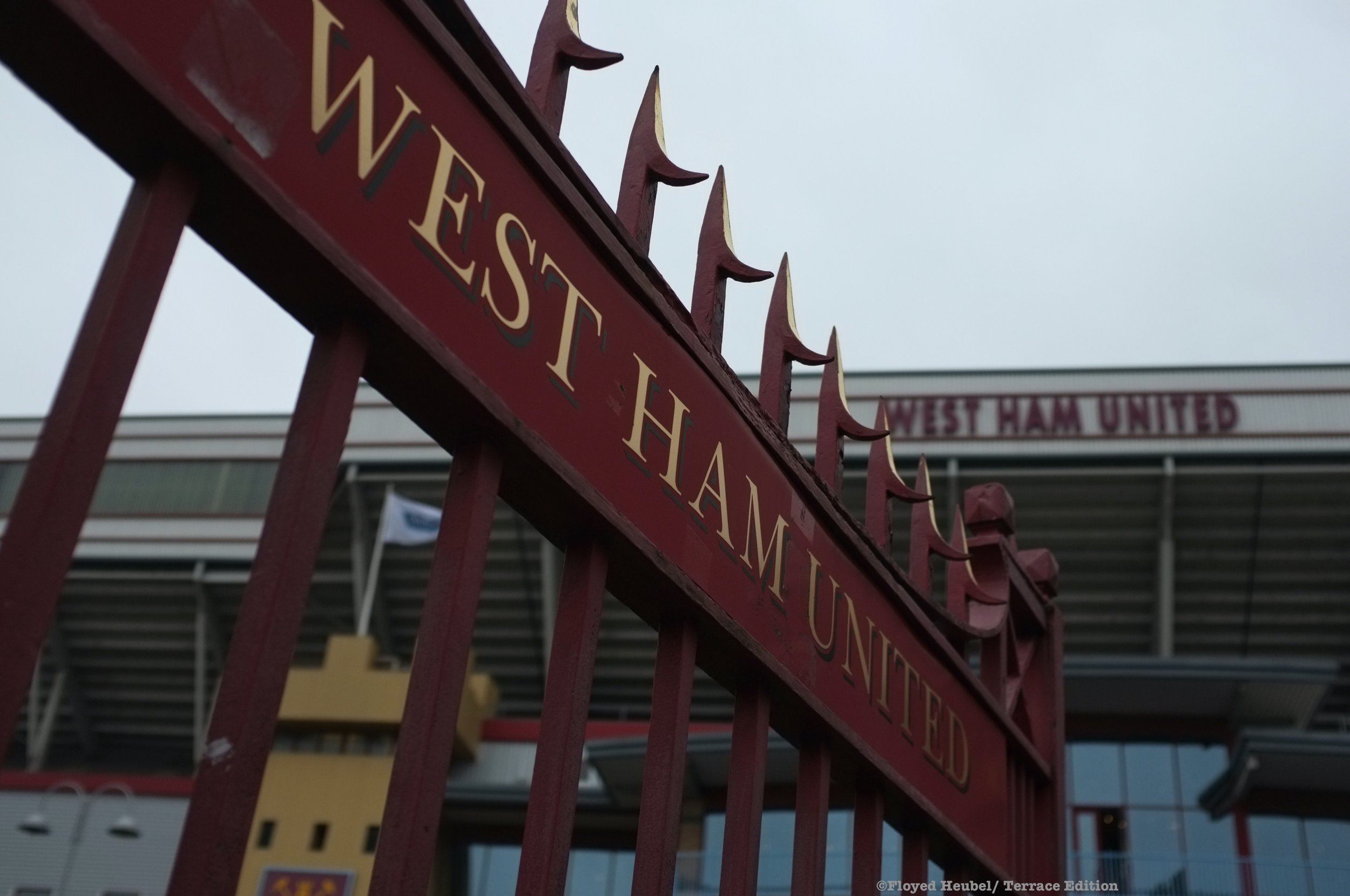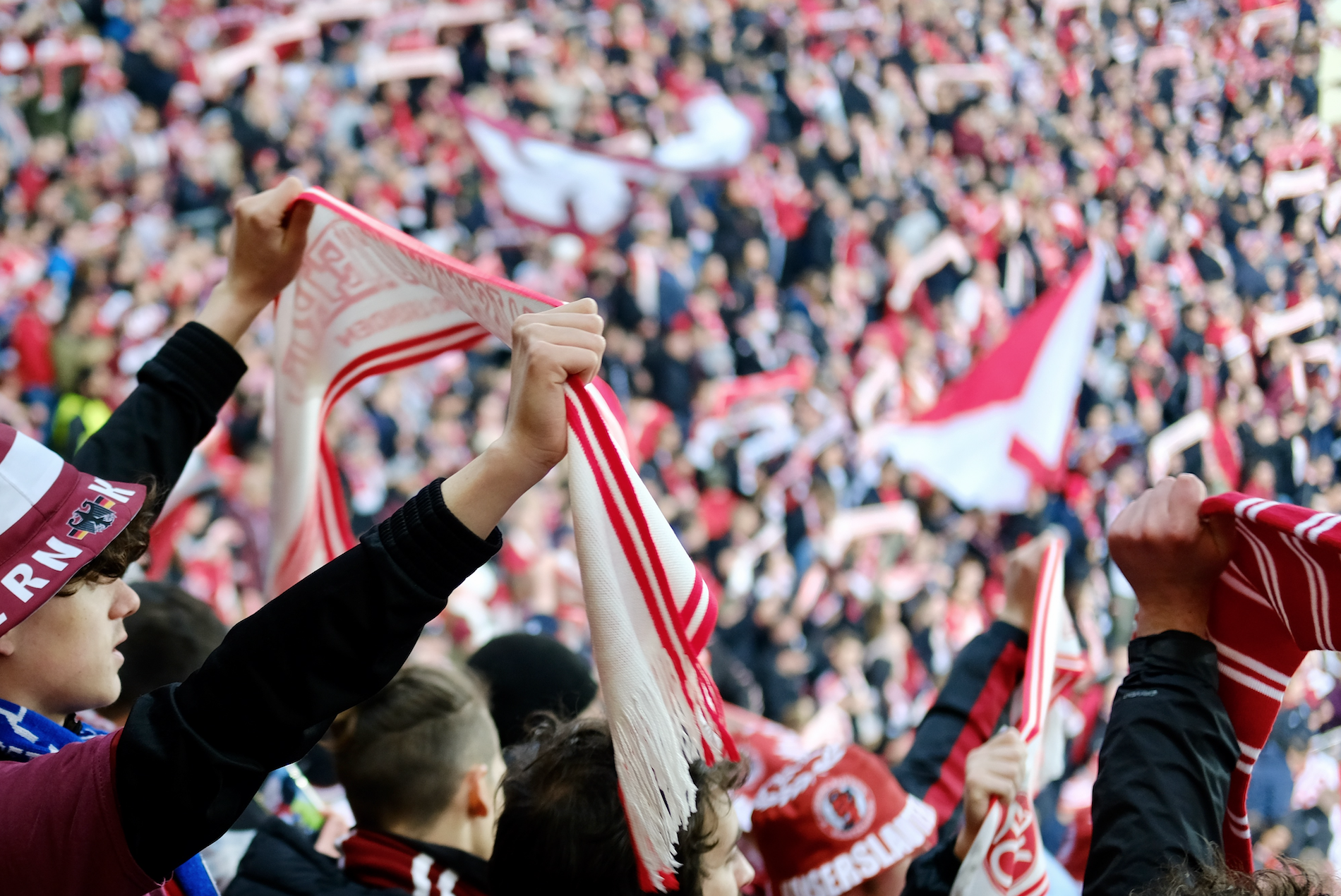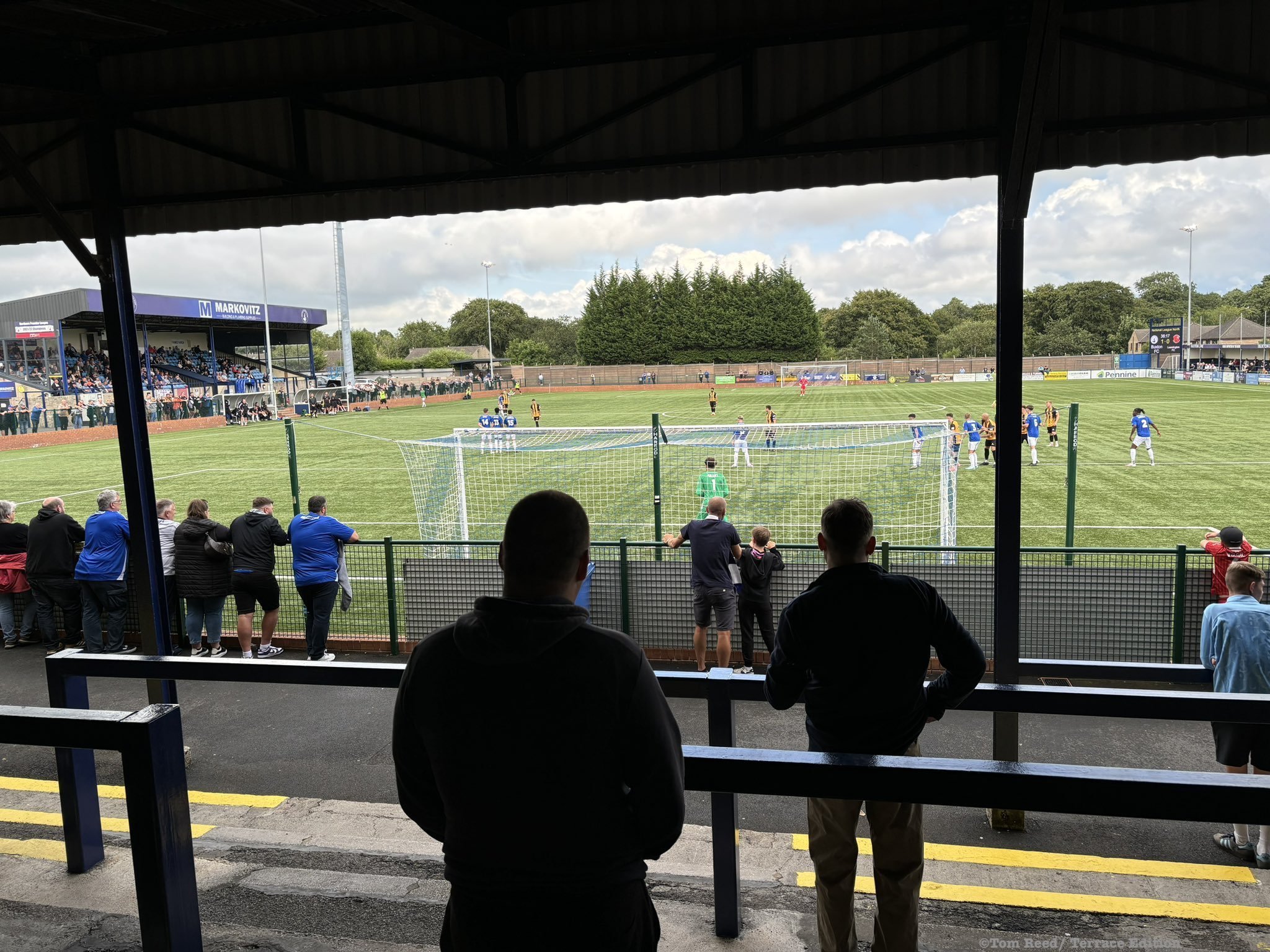Upton Park: Paved paradise

Words: Tom Reed
Images: Floyd Heubel
Supplementary images: Tom Reed
They paved paradise, put up a parking lot
with a pink hotel, a boutique and a swinging hot spot.
Big Yellow Taxi by Joni Mitchell.
I’ve been covering football protests for years but, in 2020, went to easily the biggest supporter march in decades.
I walked with thousands upon thousands of West Ham United supporters, who seemed sick to the back teeth of the then Hammers top brass, David Gold, David Sullivan and Karen Brady.
The numbers, to my eyes were underreported in the press.
An acute hate is often palpable at these events but the West Ham protest march organised by Hammers United, came with a sense of chronic irritation.
It was personal and it was about Upton Park.
©Floyd Heubel/ Terrace Edition. West Ham United vs Liverpool. September 2014.
I had been myself to the Boleyn Ground as it was being demolished, a distressing sight of a perfectly functional ground being razed to the earth by machinery.
Upton Park was no shit-hole that needed to go and it didn’t go quietly. The crunching of the steelwork echoed around the streets of a community that was about to have its heart ripped out.
I went to Nathan’s Pies and Eels, the pre-match food stop of connoisseur Hammers and took forlorn photos of its simple menu board.
Pies: £2.50.
Mash: £1.00.
Liquor: Small: £1.00, Medium: £2.00, Large: £2.75.
Apple pie with Custard or ice cream: £3.00.
Soon, Nathan’s would be gone, along with generations of West Ham supporters’ match day rituals.
©Tom Reed/ Terrace Edition. Nathan’s pies and eels menu.
On the protest march in 2020, I got chatting to a West Ham supporter in his 60’s, the ICF tattoo on his hand weathering with his skin.
He talked about Joseph Bazalgette’s sewer system as we walked along the Greenway to the Olympic Park and how Mahatma Gandhi was rumoured to have attended a West Ham match while staying at Bromley-By-Bow in the 1930’s.
As we approached the new West Ham stadium and the surroundings took on the form of Disneyland rather than where Ghandi would spend his Saturdays, my new acquaintance slowed to a halt.
He wouldn’t cross the threshold to the new stadium and never would.
I’d forgotten the dull feeling in my heart when I’d seen a West Ham supporter, man and boy, knowing he’d never see his team at home in the flesh again.
©Floyd Heubel/ Terrace Edition. West Ham United vs Liverpool. September 2014.
That was until German terrace photographer Floyd Heubel showed me his photos of Upton Park, taken in 2014.
United were 2-0 up early doors against Liverpool that day, going onto a smashing 3-1 success, hinting at a time of differing footballing fortunes for the Hammers.
The photos were taken a mere six years before the major protests at the Olympic stadium but could have been a lifetime away.
Happy Hammers parading past the terrace housing at Upton Park.
Queuing for a cheeseburger with onions at “West Ham’s favourite burger bar” like there was any way to corroborate that boast but who cared so long as stomachs were full.
©Floyd Heubel/ Terrace Edition. West Ham United vs Liverpool. September 2014.
You’ll see a man wearing a retro 60’s two-stripe West Ham away shirt with Bobby Moore’s number 6. On his feet are a pair of claret and blue Adidas, crossing subcultures and decades and the passing of time as a West Ham supporter.
What stories could the older couple coming down the stairs in the cover photo for this article tell? How many people have passed through the wrought iron gates with the crossed hammers?
Currently, a group of Lords in the upper chamber are pushing for an amendment to the Independent Regulator Bill to safeguard the future of historic stadia.
The so called “Wimbledon clause” forwarded by football governance coalition Fair Game would mean that supporters have the final say on a move to a new stadium or site.
But then you have the question of how you properly canvass the supporters on such a huge decision and ensure that the package of information is given is representative?
©Floyd Heubel/ Terrace Edition. West Ham United vs Liverpool. September 2014.
A dearth of community ownership of clubs in England, as opposed to the 50+1 system in Germany, makes moving stadia all the more tricky. Should private owners of clubs be able to forward such plans when they are only temporary custodians in the grand scheme of things?
A BBC piece from 2013 says that “85% of fans support Olympic Stadium move" for a stadium that was an athletics venue.
Would the results be similar if supporters were polled now?
While it is too late for Upton Park, supporter groups such as Forza Garibaldi at Nottingham Forest are combining creating at racket at the City ground with a healthy discussion about the future of their beloved grounds.
Forza Garibaldi, known for their tifo displays which celebrate the heritage of the City on the Trent, have played an active part if a sensible discussion of a redevelopment of the City Ground rather than a move to a super-stadium elsewhere in Nottingham.
©Floyd Heubel/ Terrace Edition. West Ham United vs Liverpool. September 2014.
West Ham boast the highest average attendances in London, there will always be new supporters to take the place of the old in such a metropolis.
But if we stop and think and talk about Upton Park and it’s 35,000 capacity which made an-your-face globe theatre of a ground rather than an echoey arena, we can protect your City Grounds and your Craven Cottages and your Molineuxs.
Ground ownership and land issues should absolutely be something that supporters take an interest in and be empowered as stakeholders. If we can’t protect the very pitches that football is played on then we don’t have a game worth playing.
Indeed, when vintage and heritage are the buzzwords of a society more aware of making use of what we have got and cherishing the patina of our past, why is there a craze in football for new-build soulless bowls?
Maybe one day, with ticket income secondary, stadia of the future will move back to being smaller, more intimate and embedded in community.
You don’t know what you’ve got till it’s gone.
They had it at West Ham all along.
©Floyd Heubel/ Terrace Edition. West Ham United vs Liverpool. September 2014.
©Floyd Heubel/ Terrace Edition. West Ham United vs Liverpool. September 2014.
©Floyd Heubel/ Terrace Edition. West Ham United vs Liverpool. September 2014.
©Floyd Heubel/ Terrace Edition. West Ham United vs Liverpool. September 2014.
©Floyd Heubel/ Terrace Edition. West Ham United vs Liverpool. September 2014.
©Floyd Heubel/ Terrace Edition. West Ham United vs Liverpool. September 2014.
©Tom Reed/ Terrace Edition. West Ham GSB out protest 2020.
Tom is Terrace Edition Editor and can be found on X: @tomreedwriting and Bluesky: @tomreedwriting.bsky.social.
Floyd is on X: @floydheubel; Bluesky: @floydheubel.bsky.social and Instagram: @floydheubel


















